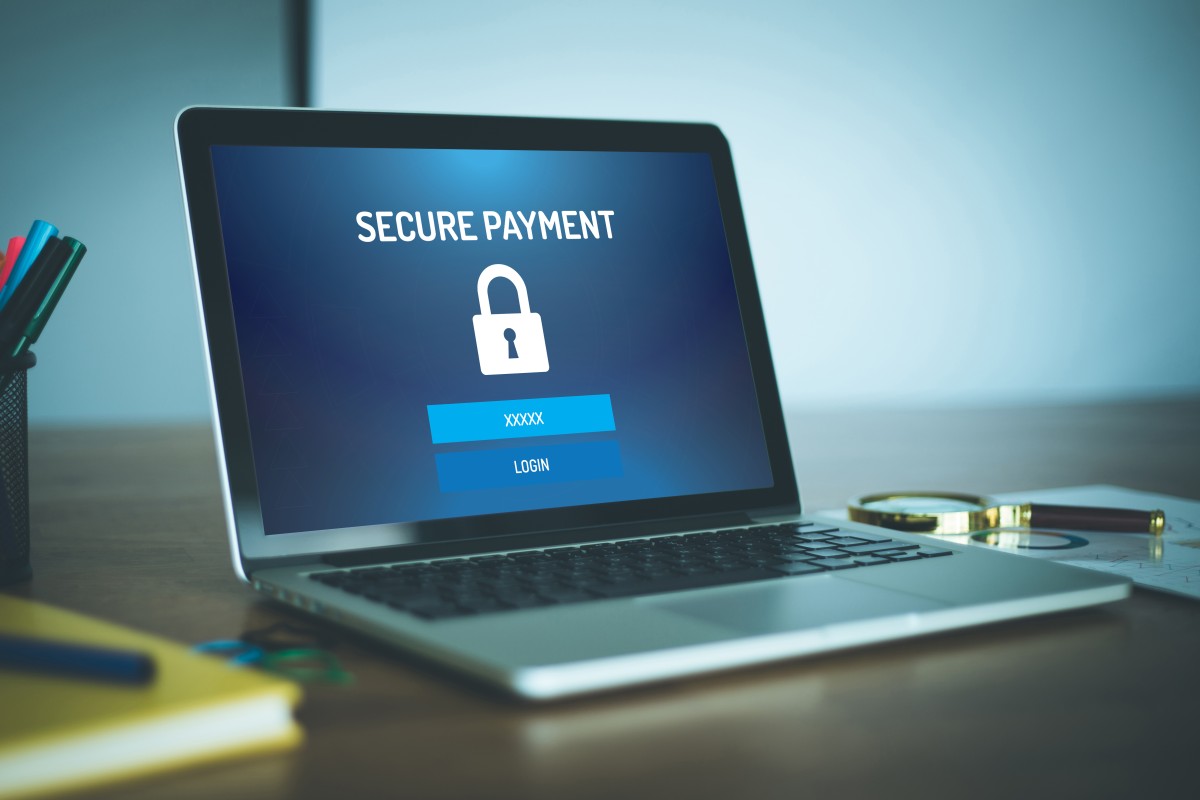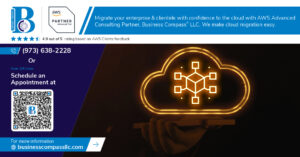Are you tired of losing potential customers due to a clunky payment process? 💸 Integrating PayPal into your website could be the game-changer you’ve been looking for! With over 400 million active users worldwide, PayPal offers a trusted and familiar payment solution that can significantly boost your conversion rates.
But let’s face it – the thought of implementing a new payment system can be daunting. 😰 You might be worried about the technical challenges, security concerns, or the impact on your user experience. What if something goes wrong during the integration process? What if it doesn’t work seamlessly with your existing website design?
Don’t worry – we’ve got you covered! In this comprehensive guide, we’ll walk you through the entire process of designing and implementing PayPal integration for your website. From understanding the basics to troubleshooting common issues, we’ll provide you with all the knowledge and tools you need to create a smooth, secure, and user-friendly payment experience. Let’s dive in and explore how you can harness the power of PayPal to take your online business to the next level! 🚀
Understanding PayPal Integration
A. Benefits of PayPal for your website
Integrating PayPal into your website offers numerous advantages for both merchants and customers. Here are some key benefits:
- Trust and credibility
- Global reach
- Multiple payment options
- Enhanced security
- Easy setup and maintenance
| Benefit | Description |
|---|---|
| Trust and credibility | PayPal’s well-known brand instills confidence in customers |
| Global reach | Accept payments from over 200 countries and in multiple currencies |
| Multiple payment options | Customers can pay via PayPal balance, credit cards, or bank transfers |
| Enhanced security | Advanced fraud protection and encryption keep transactions secure |
| Easy setup and maintenance | Simple integration process with minimal technical expertise required |
B. Key features of PayPal’s payment system
PayPal’s robust payment system offers a range of features designed to streamline transactions and improve user experience:
- One-click payments
- Mobile optimization
- Recurring billing
- Invoicing tools
- Dispute resolution
C. Different PayPal integration options
PayPal provides various integration options to suit different business needs and technical capabilities:
- PayPal Checkout: A customizable button for quick and easy integration
- PayPal API: Full control over the payment experience with comprehensive API access
- PayPal Here: For in-person payments using a card reader
- PayPal.js: JavaScript SDK for seamless web and mobile integrations
Now that we’ve covered the fundamentals of PayPal integration, let’s explore how to prepare your website for this powerful payment solution.
Preparing Your Website for PayPal Integration
Setting up a PayPal business account
To begin integrating PayPal with your website, you’ll need to set up a PayPal business account. This process is straightforward:
- Visit the PayPal website and click on “Sign Up”
- Choose “Business Account” and select your country
- Enter your email address and create a strong password
- Provide your business information, including:
- Legal business name
- Business address
- Phone number
- Tax ID or EIN
Once your account is set up, verify your email address and link your bank account for seamless transactions.
Choosing the right PayPal product for your needs
PayPal offers various products to suit different business needs:
| Product | Best for | Features |
|---|---|---|
| PayPal Checkout | Small to medium businesses | Easy integration, supports multiple payment methods |
| PayPal Payments Pro | Larger businesses | Fully customizable checkout, virtual terminal |
| PayPal Here | In-person sales | Mobile card reader, point-of-sale system |
Consider your business size, transaction volume, and desired level of customization when selecting a product.
Ensuring website compatibility
Before implementation, ensure your website is compatible with PayPal integration:
- Use a secure HTTPS connection
- Update your website’s SSL certificate
- Check if your e-commerce platform has built-in PayPal support
- Verify your website’s coding language compatibility with PayPal’s SDKs
Security considerations
Prioritize security when integrating PayPal:
- Implement strong authentication measures
- Regularly update your website and PayPal integration
- Use PayPal’s fraud protection tools
- Comply with PCI DSS standards for handling card data
With these preparations complete, you’re ready to move on to designing the payment flow for your website.
Designing the Payment Flow
Creating a seamless user experience
A smooth payment flow is crucial for reducing cart abandonment and increasing conversions. To create a seamless user experience, consider the following best practices:
- Minimize the number of steps in the checkout process
- Offer guest checkout options
- Provide clear progress indicators
- Use intuitive form designs and error handling
| Element | Best Practice |
|---|---|
| Navigation | Clear and simple |
| Form Fields | Minimal and auto-filling |
| Error Messages | Instant and specific |
| Loading Times | Fast and with visual feedback |
Implementing a shopping cart system
An efficient shopping cart system is the backbone of a successful e-commerce website. Key features to include:
- Real-time updates of cart contents
- Easy addition and removal of items
- Clear display of total cost, including taxes and shipping
- Option to save cart for later or create wishlists
Designing the checkout page
The checkout page should be clean, secure, and user-friendly. Essential elements include:
- Clear display of order summary
- Multiple payment options with PayPal prominently featured
- Security badges and reassurances
- Mobile-responsive design for seamless transactions on all devices
Handling payment confirmation and receipts
After successful payment, provide immediate confirmation to build trust and reduce post-purchase anxiety. Include:
- A clear “Thank You” message
- Order details and tracking information
- Downloadable receipt or invoice
- Follow-up email with order confirmation and expected delivery date
Now that we’ve designed an effective payment flow, let’s move on to the technical aspects of implementing the PayPal API.
Implementing PayPal API
A. Obtaining API credentials
To begin implementing PayPal API, you’ll need to obtain the necessary API credentials. Follow these steps:
- Create a PayPal Developer account
- Log in to the Developer Dashboard
- Navigate to the “My Apps & Credentials” section
- Create a new app or select an existing one
- Retrieve your Client ID and Secret
| Credential | Description | Usage |
|---|---|---|
| Client ID | Public identifier for your app | Used in API requests |
| Secret | Private key for authentication | Used to generate access tokens |
B. Setting up the development environment
Prepare your development environment by installing the required tools and dependencies:
- Choose a programming language (e.g., PHP, Python, JavaScript)
- Install the appropriate SDK for your chosen language
- Set up a local development server
- Configure SSL for secure communication
C. Integrating PayPal SDK
Now, integrate the PayPal SDK into your project:
- Install the SDK using your package manager (e.g., npm, pip, composer)
- Import the SDK in your project files
- Initialize the SDK with your API credentials
D. Handling API requests and responses
Implement the necessary API calls for your payment flow:
- Create Payment
- Execute Payment
- Refund Payment
Parse API responses and handle errors appropriately to ensure a smooth user experience.
E. Testing the integration in sandbox mode
Before going live, thoroughly test your integration using PayPal’s sandbox environment:
- Create sandbox accounts for buyers and sellers
- Simulate various transaction scenarios
- Verify correct handling of successful and failed payments
- Test error handling and edge cases
Once you’ve completed testing, you’ll be ready to move on to customizing the payment experience for your users.
Customizing the Payment Experience
A. Branding the payment page
When customizing your PayPal payment experience, branding the payment page is crucial for maintaining a consistent look and feel with your website. Use PayPal’s customization options to incorporate your logo, color scheme, and fonts. This helps build trust and reassures customers they’re still on your site.
| Branding Element | Customization Option |
|---|---|
| Logo | Upload your company logo |
| Colors | Match button and background colors |
| Fonts | Choose from available font options |
| Layout | Adjust page layout to fit your design |
B. Implementing express checkout
Express checkout streamlines the payment process, reducing cart abandonment rates. Implement the “PayPal Checkout” button on your product pages and cart to enable one-click purchasing. This feature allows customers to complete transactions quickly without leaving your site.
C. Adding alternative payment methods
Expand your payment options to cater to a wider audience:
- Credit/debit cards
- PayPal Credit
- Venmo (in supported regions)
- Local payment methods (based on customer location)
D. Optimizing for mobile devices
With the increasing prevalence of mobile shopping, ensure your PayPal integration is fully responsive:
- Use mobile-friendly button sizes
- Implement touch-friendly input fields
- Optimize loading times for faster mobile transactions
- Test thoroughly on various devices and screen sizes
By focusing on these customization aspects, you’ll create a seamless and user-friendly payment experience that aligns with your brand and caters to your customers’ preferences. This approach not only enhances user satisfaction but also potentially increases conversion rates.
Handling Transaction Management
Processing refunds and cancellations
Effective transaction management includes handling refunds and cancellations smoothly. To process refunds:
- Access the PayPal dashboard
- Locate the specific transaction
- Click “Issue Refund”
- Choose full or partial refund
- Confirm the refund amount
For cancellations, ensure your system updates order status and inventory accordingly.
| Refund Type | Description | Best Practice |
|---|---|---|
| Full Refund | Entire transaction amount | Automate for certain scenarios |
| Partial Refund | Portion of transaction | Offer as customer service option |
Implementing recurring payments
Recurring payments are crucial for subscription-based services. To set up:
- Use PayPal’s Recurring Payments API
- Define billing cycles and amounts
- Implement a user-friendly subscription management interface
Remember to handle failed payments and provide clear cancellation options for subscribers.
Managing disputes and chargebacks
Disputes can impact your business. To manage effectively:
- Respond promptly to dispute notifications
- Provide clear evidence (transaction details, shipping info)
- Maintain detailed records of all transactions
- Implement fraud prevention measures
Generating transaction reports
Regular reporting is essential for financial oversight. PayPal offers various reporting options:
- Daily Settlement Reports
- Monthly Financial Summaries
- Custom Date Range Reports
Integrate these reports with your accounting system for seamless financial management. Use the data to analyze sales trends and optimize your payment processes.
Now that we’ve covered transaction management, let’s explore how to troubleshoot common issues and optimize your PayPal integration for better performance.
Troubleshooting and Optimization
Common integration issues and solutions
When integrating PayPal with your website, you may encounter several common issues. Here’s a list of frequent problems and their solutions:
-
API Authentication Errors
- Double-check API credentials
- Ensure correct endpoint URLs
- Verify SSL certificate validity
-
Payment Button Not Displaying
- Check JavaScript integration
- Confirm button code placement
- Clear browser cache and cookies
-
IPN (Instant Payment Notification) Issues
- Verify IPN listener URL
- Check server firewall settings
- Enable logging for troubleshooting
Performance optimization techniques
To optimize your PayPal integration performance, consider the following techniques:
- Implement caching for API responses
- Minimize API calls by batching requests
- Use asynchronous processing for non-critical operations
- Optimize database queries for payment-related data
| Technique | Benefit |
|---|---|
| Caching | Reduces API calls and improves response time |
| Batching | Decreases network overhead |
| Async Processing | Improves user experience |
| Query Optimization | Enhances overall system performance |
Monitoring and analyzing payment data
Effective monitoring and analysis of payment data are crucial for maintaining a healthy integration. Implement these practices:
- Set up real-time alerts for transaction failures
- Use PayPal’s reporting tools for transaction insights
- Implement custom logging for detailed error tracking
- Regularly review transaction patterns for anomalies
Staying updated with PayPal’s latest features
To ensure your integration remains current and secure:
- Subscribe to PayPal’s developer newsletter
- Regularly check the official documentation for updates
- Participate in PayPal developer forums and communities
- Plan periodic reviews of your integration to incorporate new features
By following these troubleshooting and optimization strategies, you can maintain a robust and efficient PayPal integration for your website. Regular monitoring and staying informed about PayPal’s updates will help you provide a seamless payment experience for your customers.
Integrating PayPal payments into your website can significantly enhance your customers’ checkout experience and boost your business’s credibility. By following the steps outlined in this guide, from understanding PayPal integration to implementing the API and customizing the payment flow, you can create a seamless and secure payment process for your users.
Remember that successful PayPal integration goes beyond just implementation. Regularly monitor your transaction management, address any issues promptly, and continuously optimize your payment system. By staying proactive and keeping your customers’ needs at the forefront, you’ll ensure a smooth and reliable payment experience that can lead to increased sales and customer satisfaction.




















